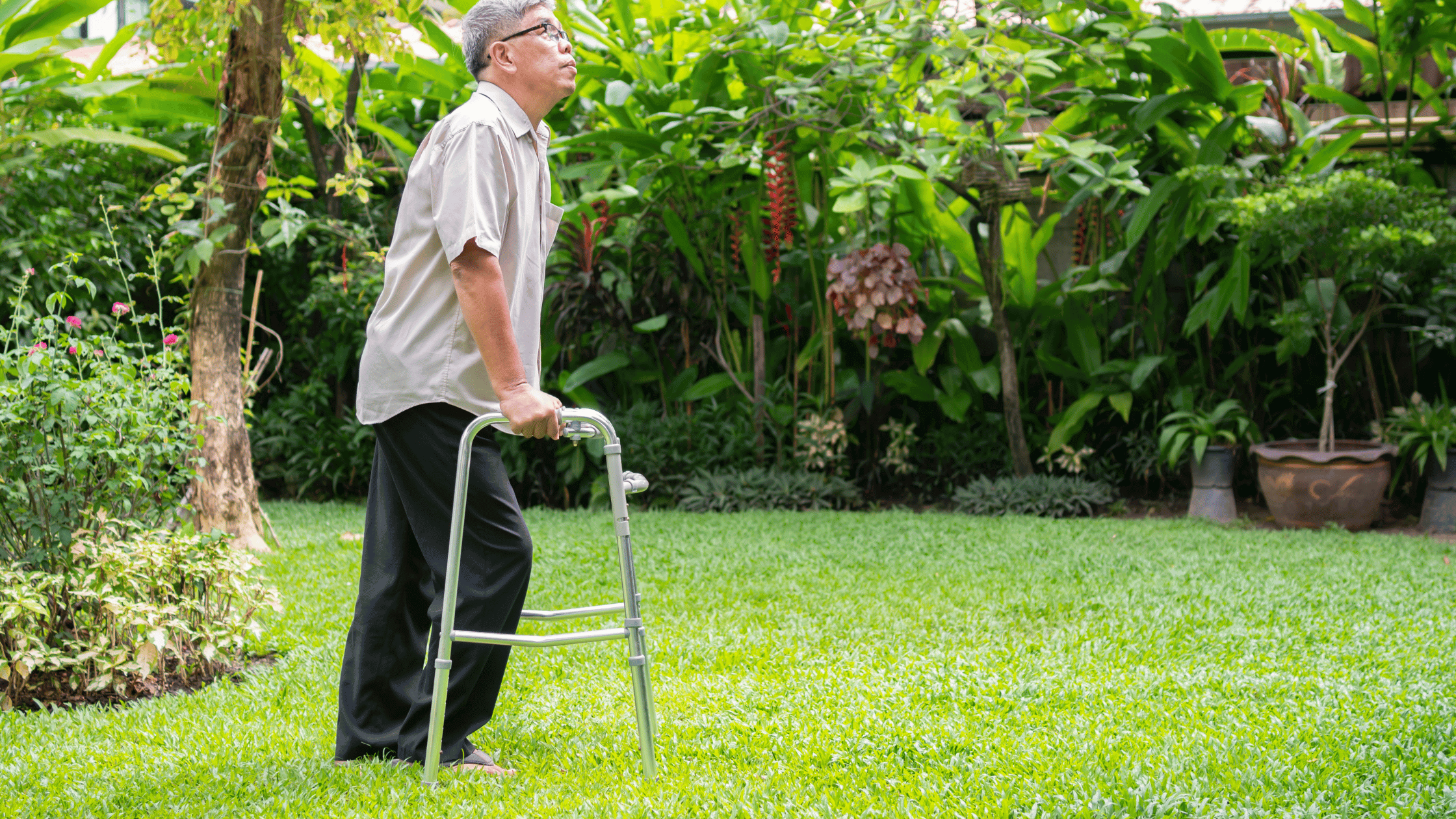Balance | Neurological Recovery
Why Do I Keep Falling? Understanding the Underlying Causes of Frequent Falls

Licensed Physical Therapist, PT, DPT // EW Pilates Instructor // EW Yoga Instructor // LSVT – Big Certification // Credentialed APTA Clinical Instructor // EW Motion Therapy Homewood
Frequent falls can be a source of significant concern, particularly as they can lead to injuries, a loss of independence, and decreased quality of life. Understanding why someone might keep falling is crucial in taking proactive steps to prevent these incidents and maintain a healthy, active lifestyle. In this article, we will explore the common conditions that increase fall risk, strategies to improve balance at home, and how physical therapy can be an essential component in preventing falls.
Common conditions that increase fall risk
Falls are not an inevitable part of aging, yet they commonly affect older adults due to various physiological changes. Factors such as reduced muscle strength, impaired balance and coordination, and delayed reaction times can significantly contribute to an increased risk of falling. Conditions like arthritis, which affect joint mobility, can alter how a person walks, increasing the likelihood of a misstep.
Certain medical conditions are also associated with a higher incidence of falls. These include neurological disorders such as Parkinson’s disease and multiple sclerosis, which directly impact movement and balance. Conditions affecting the somatosensory system, like neuropathy or a back injury that caused nerve damage, can diminish sensation in the feet, affecting balance and increasing fall risk. Vision impairments can also play a role; without clear sight, navigating through space becomes more hazardous. Additionally, heart disease and low blood pressure can lead to episodes of dizziness or fainting, potential precursors to a fall.
Enhancing balance at home
Simple balance exercises
Improving balance can be as straightforward as incorporating specific exercises into your daily routine. Activities such as standing on one foot, walking heel-to-toe, or practicing Tai Chi can strengthen the muscles and reflexes needed to maintain stability. Remember, consistency is vital – regular practice yields the best results.
Creating a safe home environment
The environment plays a pivotal role in preventing falls. Ensuring homes are clutter-free, with clear pathways and good lighting, can mitigate fall risks. Small adjustments, like securing rugs, installing grab bars in the bathroom, and using non-slip mats, are effective strategies for creating a safer living space.
How physical therapy can help prevent falls
Physical therapists are skilled in conducting comprehensive fall risk assessments. By evaluating a person's gait, balance, strength, and flexibility, they can identify specific risk factors. This personalized assessment is critical in tailoring a targeted intervention plan.
A physical therapist will develop a program of therapeutic exercises designed to address the deficits contributing to falls. These exercises focus on enhancing lower body strength, improving balance through dynamic movements, and training the body to react swiftly to balance disturbances. Balance training is particularly beneficial as it challenges the body's equilibrium in a controlled and progressive manner.
Physical therapy is not only about exercises; it involves educating individuals on how to maintain balance and prevent falls through lifestyle changes. Physical therapists can guide proper footwear, the use of assistive devices if necessary, and ways to modify activities to minimize risk.
As progress is made, physical therapists will continue to assess and adjust the treatment plan to ensure continued improvement. They are trained to push the boundaries safely, advancing exercises to match improvements in strength and balance, always with the goal of long-term fall prevention.
Preventing falls is a multifaceted approach that involves understanding and addressing personal risk factors, making environmental adjustments, and seeking professional guidance through physical therapy. While we've covered essential strategies here, it's important to remember that fall prevention is a personalized journey. If you find yourself or a loved one experiencing frequent falls, seeking the expertise of a physical therapist is a wise step toward regaining confidence and stability in movement.
Falling does not have to be an accepted part of life. By educating ourselves and taking proactive measures, we can significantly reduce the risk of falls and the associated adverse outcomes. At EW Motion Therapy, we are committed to assisting you on this path, ensuring you have the support and expertise needed to achieve your wellness goals. To decrease fall risk throughout your home, click the button below to download our free home safety guide.


